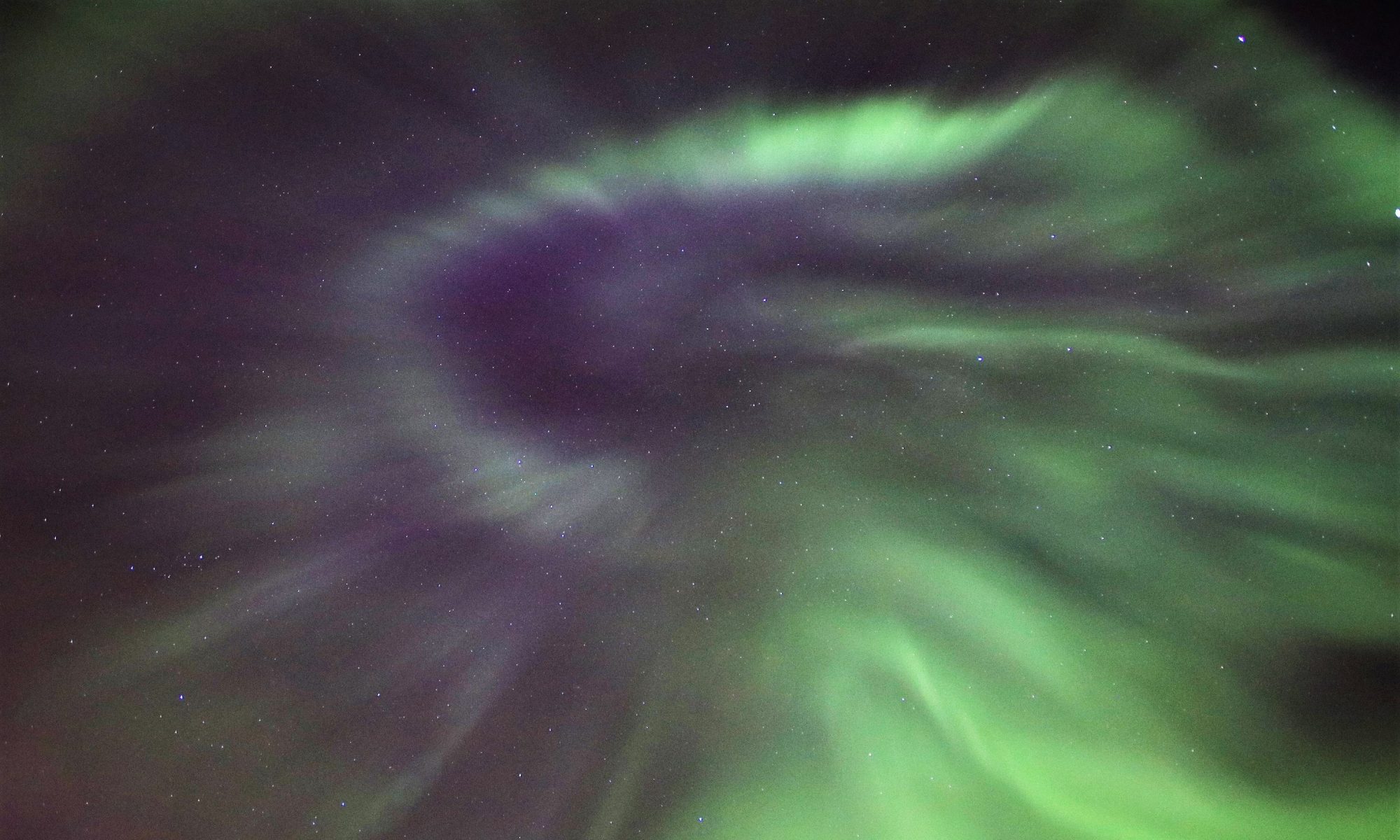
CMEs can fling into space billions of tons of solar material, called plasma, as well as embedded magnetic fields. The ejected material hurdles into space at speeds up to several million miles per hour, creating an interplanetary shock wave
CMEs are thought to arise from large-scale magnetic instabilities. The solar atmosphere is contained by magnetic fields that can suddenly rearrange, releasing an enormous bubble of matter—a coronal mass ejection. CMEs are sometimes (but not always) associated with solar flares.
We are able to see CMEs by a coronagraph. You can spot CMEs on a coronagraph image as a large white tongue, blob, or halo that erupts from the corona. CMEs that are pointed toward earth are called halo events, because the approaching matter seems to surround the sun like a halo.
You probably already know that the earth has a magnetic field. You may not realize this field stretches way out into space—at least 37,000 miles (60,000 kilometers)—to form a protective bubble known as the magnetosphere.
The magnetosphere is important because it shields us from interplanetary space weather. The earth’s magnetic field and the IMF connect at the polar caps, and it’s here that energy and particles can and do enter the magnetosphere. South-pointing magnetic fields can spell trouble, while north-pointing fields usually coincide with calmer conditions.
